Premium tin box...
Basic knowledge of printing inks for metal boxes
Metal box requirements for printing ink
1. Light resistance
Lightfastness is usually tested with a light fastness tester using light as the light source. The ratio of the exposure time of this light fastness tester to the number of days exposed to natural light. For the metal box printing ink, it is required that the packaging container be exposed to the light fastness tester for 48 hours (approximately equal to the amount of 20 days of natural light in summer) without discoloration or fading. Phthalocyanine blue pigments are very stable in light resistance, but yellow and red to red azo pigments have the characteristics of unstable light resistance. Compared with other hues, the light resistance is worse. After dilution becomes lighter, it shows further deterioration. tendency.
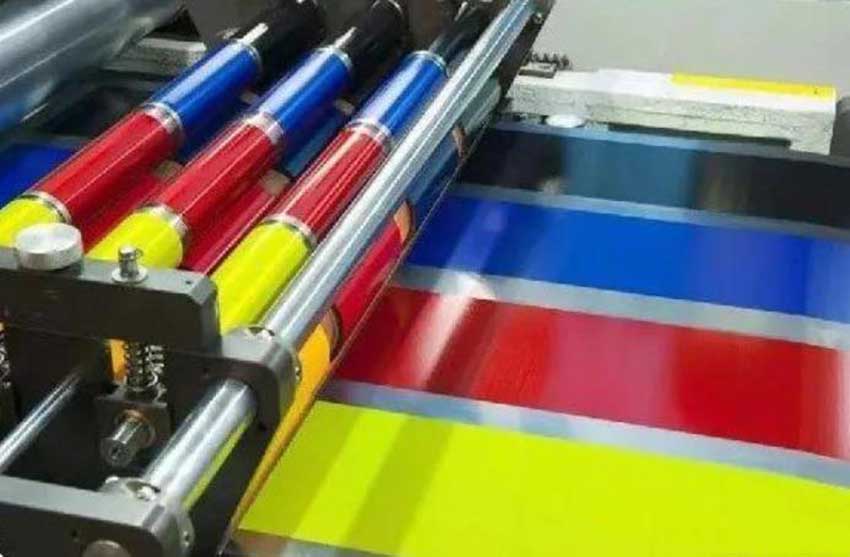
There are still many unclear points about the effect of light on the structural changes of pigments. There is no detailed report, but generally the pigment tautomers and sis-trans heterogenes caused by the redox reaction of light (ultraviolet rays) Discoloration and fading occur due to structural changes and changes in light absorption. In the inks of yellow and red to red systems, it is necessary to use resistant pigments to make inks in the occasions that require high light resistance such as coordinated use and outdoor exposure.
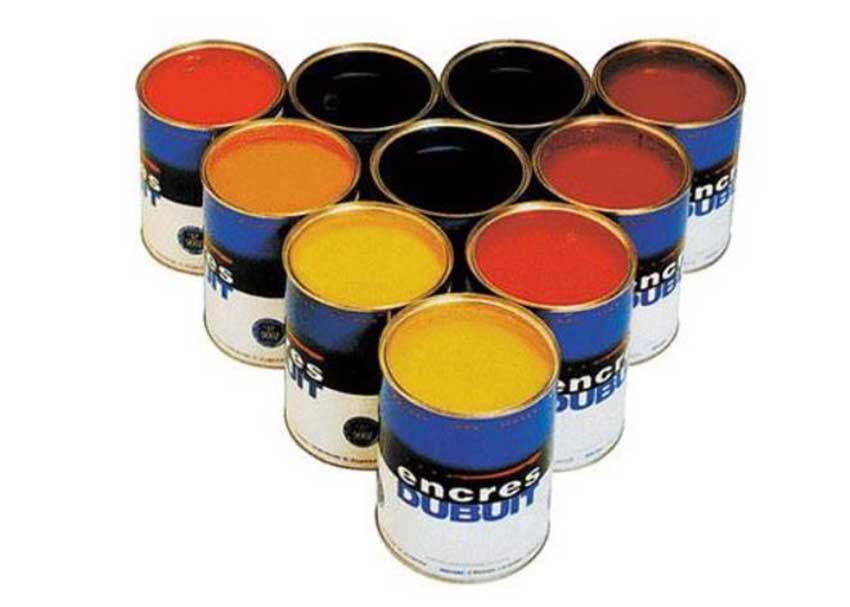
2. Heat resistance
In addition to the baking of the ink itself, the metal box printing ink also has the heating during the primer baking process. Therefore, when purchasing the ink, it is necessary to consider the problem of no discoloration or fading under such baking conditions. However, in the post process, some or all of the printed matter may be heated at high temperature, such as the heat during the can-making process and the burning of the repair paint of the welding tank. Same as light resistance, it is caused by pigments, but it may not have the same tendency as light resistance. Yellow inks using single (double) azo yellow have a weaker tendency. Compared with the heating time, the heat resistance at high temperature has a greater tendency to deteriorate due to an increase in temperature. The higher the dilution rate, the greater the degree of discoloration.
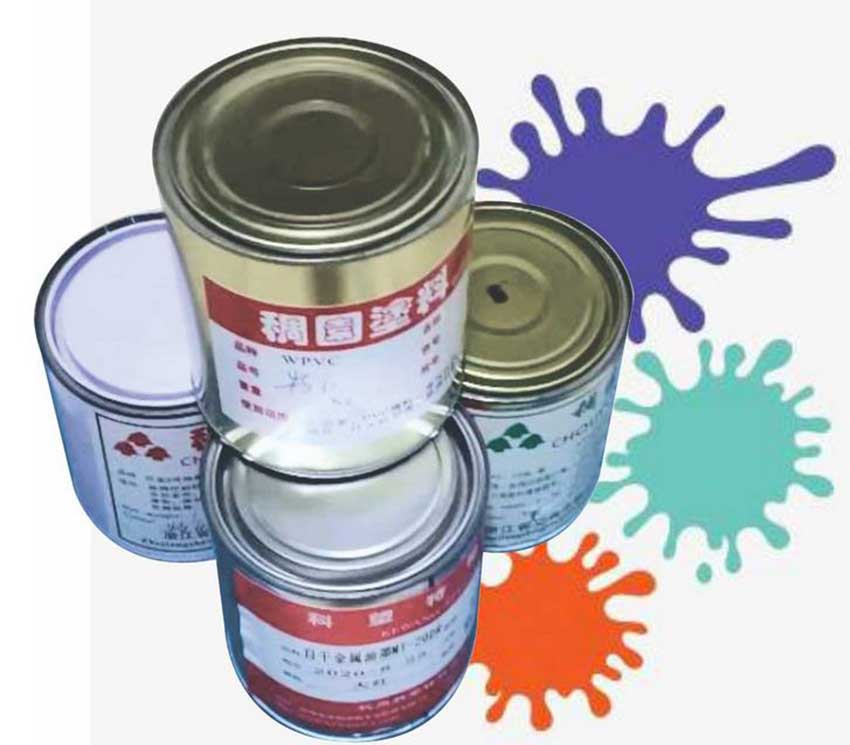
There are several possible reasons for the discoloration of this metal printing ink:
⑴. The pigment itself decomposes when exposed to heat.
⑵. The pigment moves to the primer layer or directly scatters into the air.
Although the white pigment itself has strong heat resistance, it is necessary to pay attention to the yellowing caused by the heating of the resin component.
As a heat problem, in addition to discoloration, there is also a heat migration problem. This is because when the pigment in the ink coating film is heated at a temperature higher than a certain temperature, the coating film on the upper layer such as printing ink and primer moves. This phenomenon can easily occur in inks that use yellow pigments with poor heat resistance.
From the perspective of printed matter, this phenomenon is manifested as an increase in ink concentration, and from the perspective of dot printing, it is manifested as an expansion of the dot area. It mainly occurs in yellow inks and needs to be treated differently from the phenomenon of yellowing caused by resin heating.
This phenomenon is of course caused by the heat resistance of the pigments used, but depending on the resin composition of the primer, systematic confirmation is required.
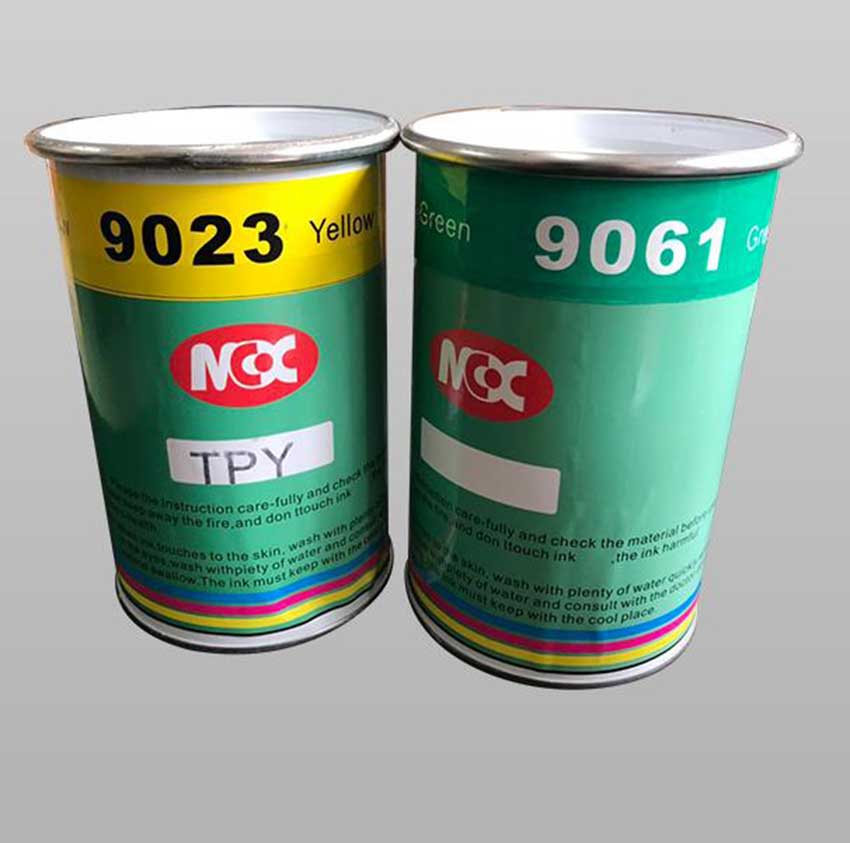
3. Retort resistance
Provide metal printing cans for packaging containers, which are cooked after filling according to the contents. The cooking conditions vary according to the contents. Food cans for fish and meat are usually heated at 115 ℃ to 121 ℃ for 60-120 minutes, while beverage cans such as coffee tend to be heated at high temperature for a short time, generally at 125 ℃. Heat to 130°C for 30-60 minutes. The possible accidents caused by the metal box cooking treatment are as follows:
①. Foaming
Foaming refers to the phenomenon of small foaming in the coating film after cooking. The reason is the use of water-soluble components such as inorganic salts as impurities in the pigment. It usually occurs when the water-soluble substance is insufficiently washed in the pigment manufacturing process.
②. Albino, water spots
The phenomenon of whitening of the coating film is mainly caused by pigments, but it is also related to the degree of hardening of the coating film itself, or conditions such as insufficient baking conditions are the main reasons. In the case of continuous cooking equipment, the contact between the metal boxes and cans is easy to cause, and only this part of the whitening phenomenon occurs.
③. Discoloration
The discoloration and fading caused by the retort treatment will occur when the soluble azo pigment is diluted to less than 10% in the ink. This is directly related to the resistance of the pigment. The resistance table of the ink is selected by referring to the above table.
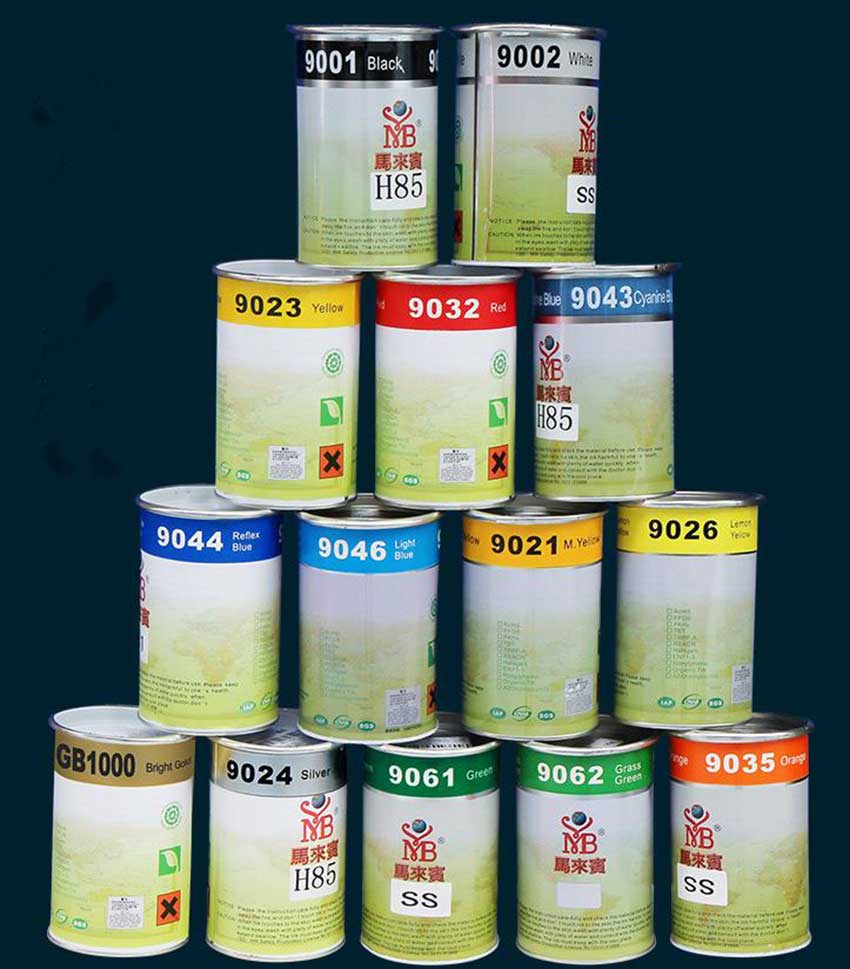
④ Cooking displacement
During the cooking process, when the outer surfaces of the metal boxes are in contact with each other, the pigment on the printing surface migrates to the outer surface of other cans through the primer, resulting in coloration. This may be because the pressurized water vapor enters the ink through the primer, and moves to the coating film of other cans after contact with the pigment. The above-mentioned discoloration and fading are also likely to occur in soluble azo pigments.



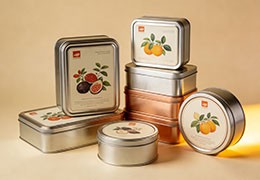

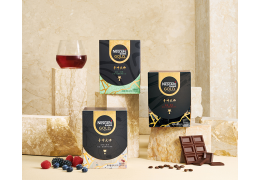
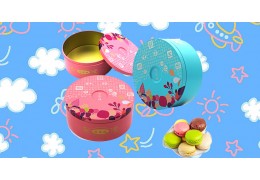
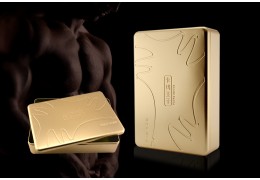

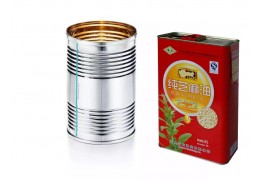

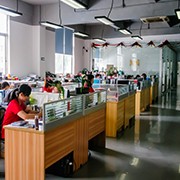

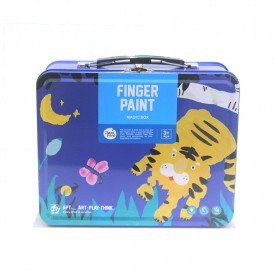
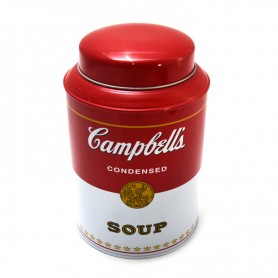



Latest comments